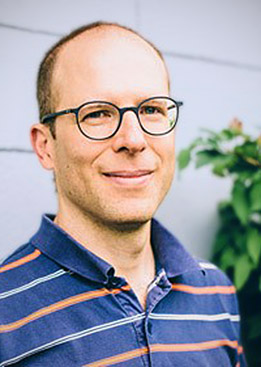
I began my higher education studying Industrial Engineering at Tel Aviv University, where I learned about quantitative approaches to the analysis and design of complex systems. During my studies, I developed a thirst for more basic science, and a growing interest in the most complex system of them all, the brain. Therefore, in 2000 I joined the Interdisciplinary Neural Computation graduate program at the Hebrew University under the mentorship of Prof. Idan Segev, and investigated how the morphology and structure of neurons determine the dynamic interactions between different synaptic inputs by using mathematical modeling tools.
When I began to think about a postdoc, I learned about the beautiful model system, C. elegans. A tiny nematode worm, approximately the size of a mammalian neuron, with a similar number of synapses as a neuron, and yet, an entire living animal. I was fascinated, and so I traveled to Cambridge, UK with my new wife. There I worked at the famous MRC Laboratory for Molecular Biology in Prof. William Schafer’s lab. While studying the neural circuits of C. elegans, I heard for the first time about the new and fantastic field of synthetic biology, a fusion between biology and engineering, just like myself, which focuses on building new biological systems, in order to understand how biology works.
I asked myself: "How could synthetic biology be applied to neuroscience?" One day, just as I was walking by the printer, an article came out about electrical synapses. That’s it! I decided to take advantage of the relative simplicity of the electrical synapse, and inserted a gene called connexin, from which such synapses are made, into a pair of C. elegans neurons. It worked. I was able to genetically insert a new synaptic connection into the worm’s brain and reprogram its behavior. At that time, we were about to have twins, and so moved back to Israel to be close to family.
I continued my work in Prof. Millet Treinin’s lab at the Hebrew University and focused on how in worms, similarly to humans, loss of one sense leads to changes in the remaining senses. I discovered that such cross-modal plasticity exists in worms and I worked out some of the cellular and molecular mechanisms that underlie it. Another child was born and off we went to Seattle - it was time for my wife’s postdoc. There I worked in Dr. Jihong Bai’s lab at the Fred Hutchinson Cancer Research Center, continuing and developing my previous work.
I now have my own lab at the Hebrew University’s Faculty of Medicine. My team is doing some exciting research here in two main areas. First, a basic neuroscience direction, which aims to understand how complex brain operations are performed in the relatively simple brain of C. elegans. Second, a synthetic biological neuroscience that seeks to establish how to encode new behavioral functions into brain connectivity, and how to manipulate, edit and modify the C. elegans brain in order to implement these new behaviors.


